Collaboration Between Industries
Collaborative efforts between various sectors are emerging as a key driver for the Bioplastic Textile Market. Partnerships between textile manufacturers, bioplastic producers, and research institutions are fostering innovation and accelerating the development of new bioplastic materials. These collaborations often focus on enhancing the properties of bioplastics, making them more suitable for diverse textile applications. Furthermore, joint ventures can lead to shared resources and knowledge, which may reduce costs and improve market access for bioplastic textiles. As these partnerships become more prevalent, they are likely to contribute to the overall growth and sustainability of the bioplastic textile sector.
Rising Awareness of Plastic Pollution
The growing concern over plastic pollution is significantly impacting the Bioplastic Textile Market. As awareness of the detrimental effects of plastic waste on ecosystems increases, consumers and businesses alike are seeking alternatives that minimize environmental harm. Bioplastic textiles, which are designed to decompose more readily than traditional plastics, are gaining traction as a solution to this pressing issue. Market analysts project that the demand for bioplastic textiles will continue to rise as more stakeholders recognize the importance of sustainable practices in mitigating plastic pollution. This trend suggests a potential shift in the textile industry towards more eco-friendly materials.
Technological Innovations in Bioplastics
Technological advancements in the production of bioplastics are likely to play a crucial role in the Bioplastic Textile Market. Innovations such as improved extraction methods for bio-based materials and enhanced processing techniques are making bioplastics more viable for textile applications. For instance, the development of new polymers derived from renewable resources has expanded the range of bioplastic textiles available in the market. This evolution not only enhances the performance characteristics of bioplastic textiles but also reduces production costs. As a result, the market is witnessing an influx of new players who are eager to capitalize on these technological breakthroughs, potentially leading to a more competitive landscape.
Consumer Demand for Eco-Friendly Products
The increasing consumer awareness regarding environmental issues appears to drive the Bioplastic Textile Market. As individuals become more conscious of their ecological footprint, they tend to favor products that are sustainable and biodegradable. This shift in consumer behavior has led to a notable rise in demand for bioplastic textiles, which are perceived as a more responsible alternative to conventional synthetic fabrics. Market data indicates that the bioplastic textile segment is projected to grow at a compound annual growth rate of approximately 20% over the next five years. This trend suggests that manufacturers are likely to invest more in developing innovative bioplastic materials to meet the evolving preferences of environmentally conscious consumers.
Regulatory Support for Sustainable Practices
Government regulations promoting sustainability are increasingly influencing the Bioplastic Textile Market. Many countries are implementing policies that encourage the use of renewable materials and discourage the reliance on fossil fuels. For example, regulations that mandate the reduction of plastic waste are prompting manufacturers to explore bioplastic alternatives. This regulatory environment is fostering innovation and investment in bioplastic textiles, as companies seek to comply with new standards. Market data suggests that regions with stringent environmental regulations are experiencing faster growth in the bioplastic textile sector, indicating a strong correlation between regulatory frameworks and market expansion.


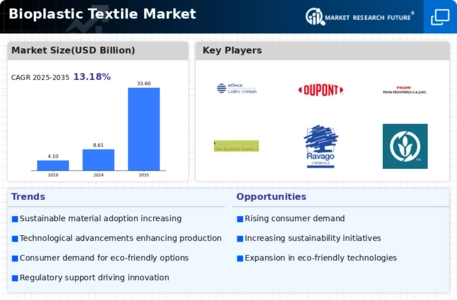
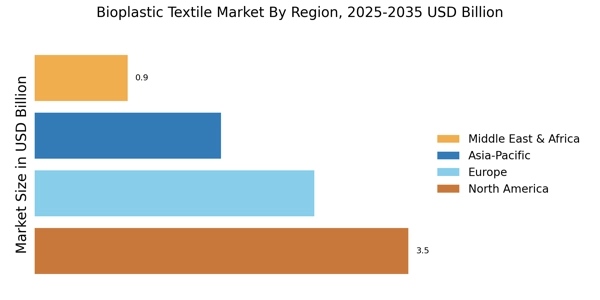


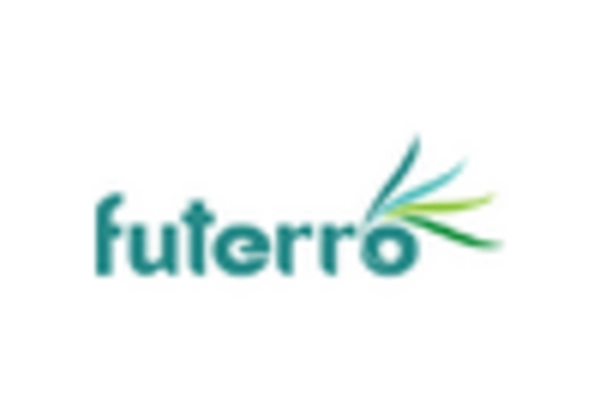

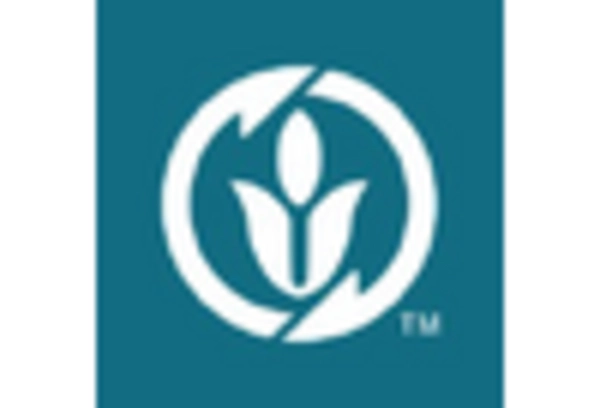
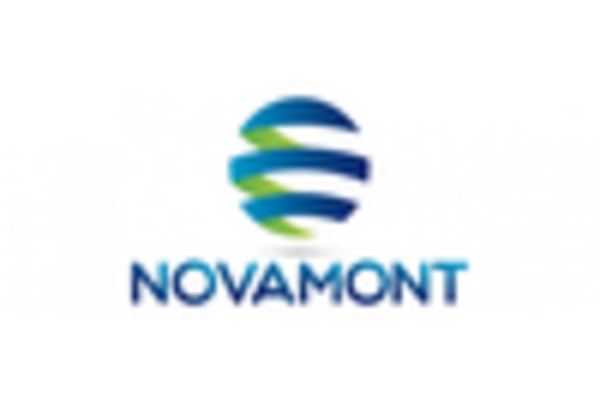








Leave a Comment